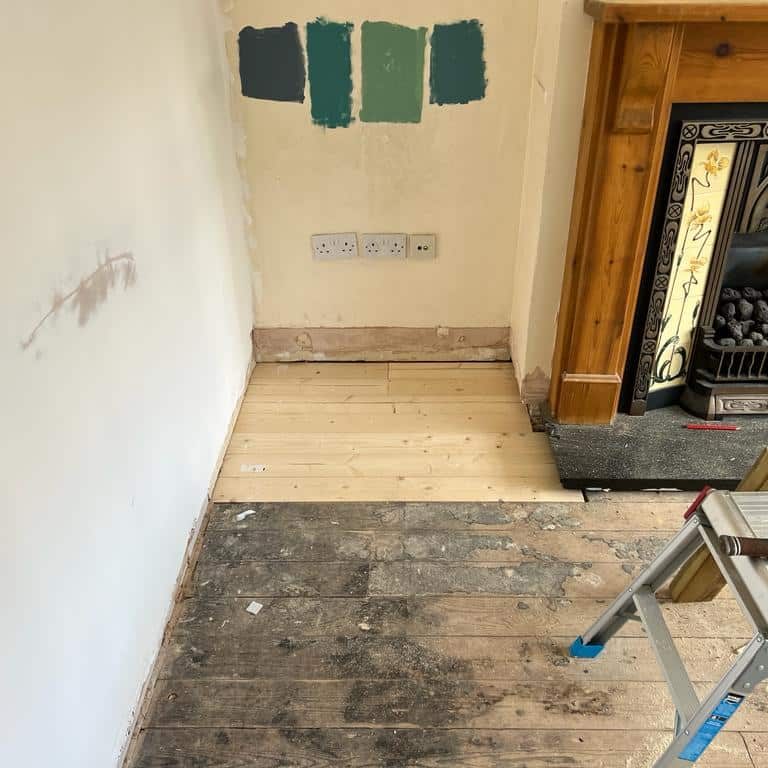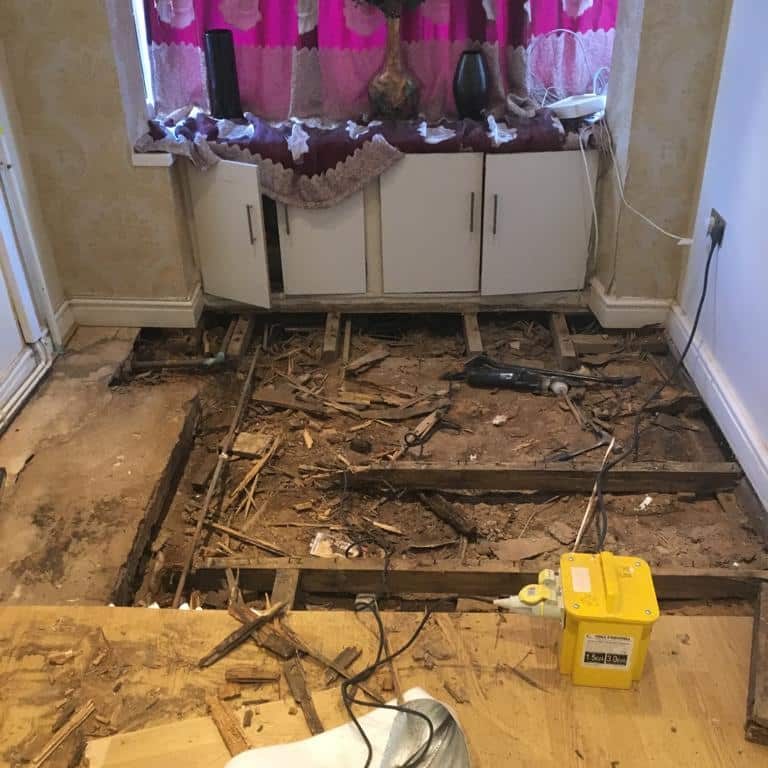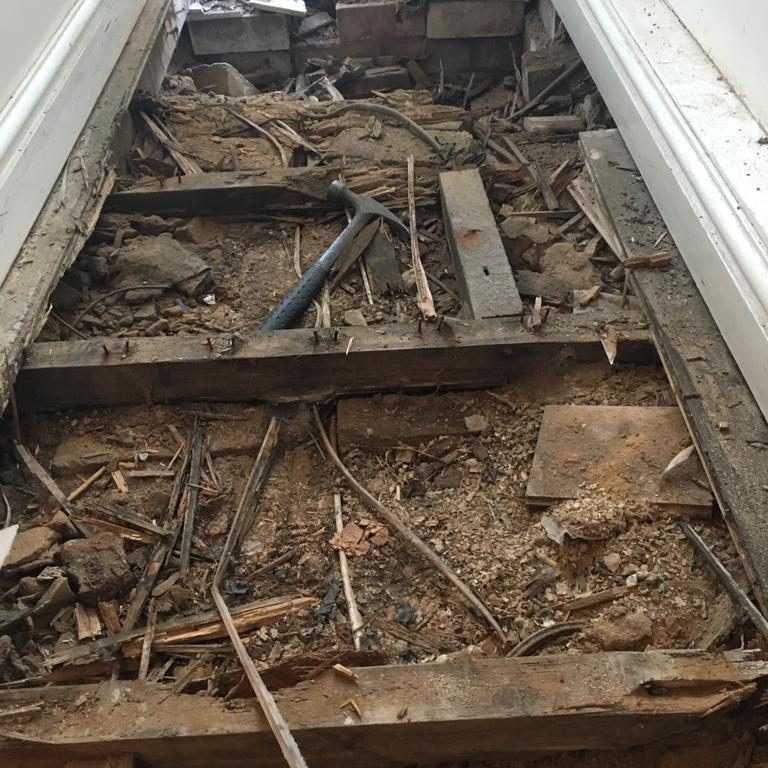Dry rot is the most dangerous kind of fungal deterioration. It consumes the elements that give wood its strength and focuses on the wood in buildings.
It can grow without any moisture supply because it can create moisture through the digestion of wood. The stability of the building's structural system may suffer serious injury as soon as dry rot starts to occur.
Make plans right once for an expert to conduct an inspection and provide treatment if you believe your Dudley home may have dry rot. If the dry rot is not promptly identified and treated, all of the affected wood may need to be removed and replaced, so if you live in the Dudley area, get in touch with us right once!
Dry Rot Birmingham
The life cycle of dry rot in a Dudley home goes through four major stages:
Spores - The spores of the dry rot fungus can be found in the air. Nearly always, some documentation is left behind. Before becoming active, spores need air, moisture (around 20%), and nourishment (timber).
Hyphae - In moist wood, the spores start to make small, white tendrils, or hyphae, which puncture the surface and rot the wood. They take up moisture from the timbers like roots and distribute it throughout the wood, acting like cobweb threads.
Mycelium - These hyphae combine and grow as a single unit to form mycelium, a substance resembling cotton. As it expands, mycelium looks for new wood to grow on.
Fruiting Body - When the fungus reaches the final stage, its body takes on the appearance of a mushroom. As the dry rot fungus spreads from the body's core, the new spores it creates are carried by the air to other parts of the body.


Why do you have Dry Rot in Dudley?
Dry rot spores are present in the air, but issues only arise when the correct circumstances are present for them to thrive. These circumstances entail damp wood with a 20% moisture content that is exposed to the air.
Your Dudley property will be severely impacted by dry rot, which is typically the consequence of moisture in the wood brought on by some kind of construction fault. As a result, the following factors frequently contribute to dry rot in homes:
- overflowing moisture
- rising damp
- a lack of ventilation
- leaky downpipes and gutters
How to Identify Dry Rot in Dudley
Dudley dry rot can be challenging to find, especially in its early stages. Later in the life cycle, mycelium and fruiting bodies are the most prominent signs of dry rot.
The following are some possible signs of dry rot:
- The wood is draped with a fine, fluffy layer of white mycelium. Inside the mycelium, brittle threads may form.
- Greyish-white patches of "skin" with undertones of yellow and violet.
- A fruiting body that resembles a mushroom and has a pancake- or bracket-like form. It contains numerous pores and is often orange in colour, becoming rusty in the centre.
- Red spore-produced dust that is frequently observed near fruiting bodies.
Are you uncertain if your Dudley house has dry rot?If you have any signs or odours of dry rot, get in touch with CGT Carpentry for treatment.

